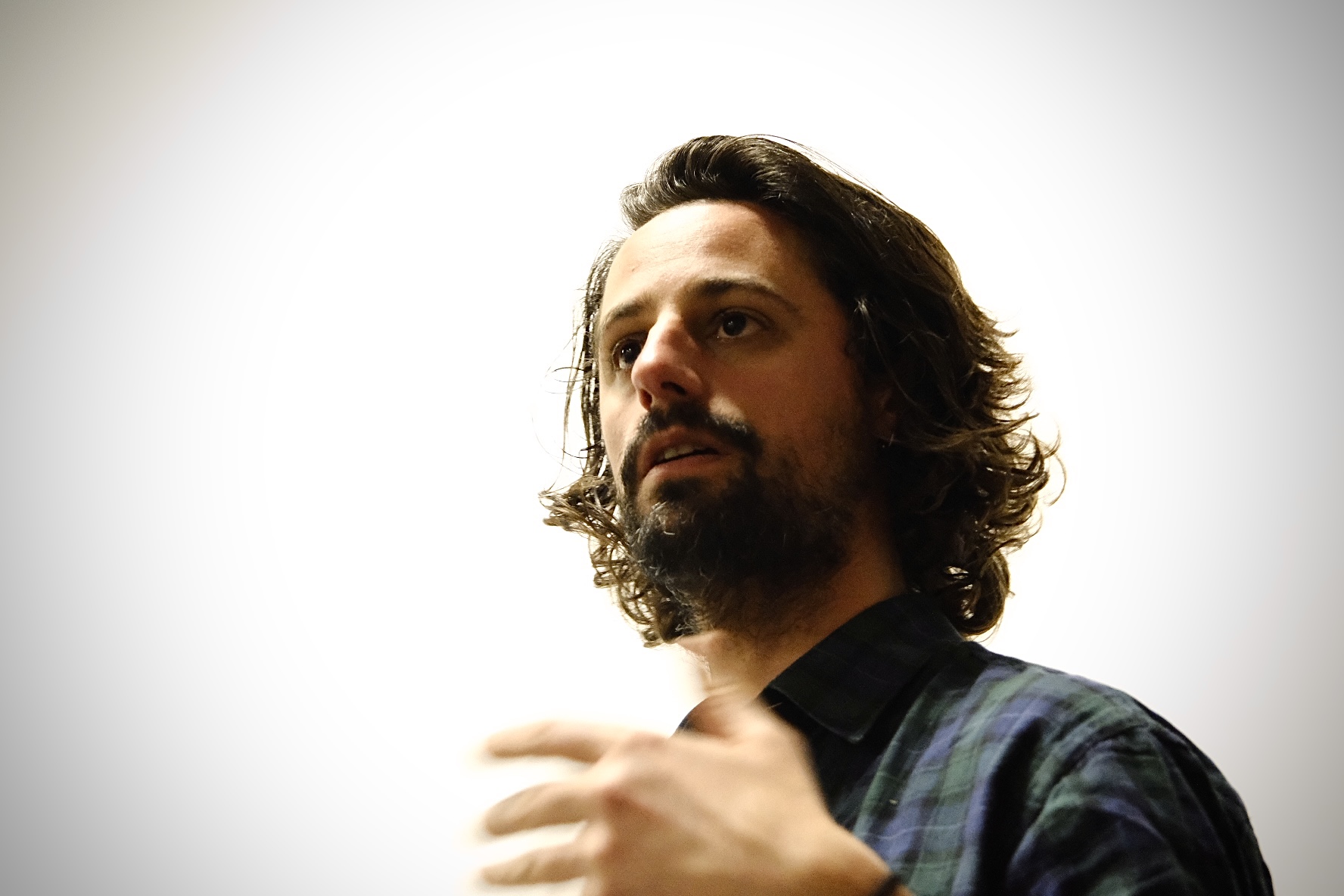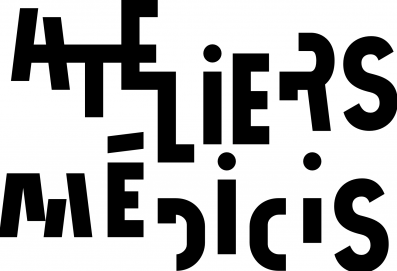Lucas Roxo
Filmmaker

- Cinema
- Chicago
“The factory is now empty, but the walls are still there. And it is always present in the memory of those who have populated this place. I would like to document the history of steel in Chicago through the stories of workers and residents.“
Image and sound have always played a role of “memory activators” for me. Like many sons of immigrants, my identity is filled with holes, exile, silence, cultural comings and goings. My first short film, I feel your absence, sought to tell the singularity of Portuguese immigration in France by repairing the silence caused by exile between a mother (my grandmother) and her daughter (my mother). This work allowed me to understand that I was an heir of this silence, of these broken words. Because I have very few childhood memories, I have always been looking for traces that do not exist in my own history. To “reveal” them, I focused on the way memory was activated in the present. So I decided to settle in places threatened with disappearance. Through different forms, I started a work around collective memory. In Roubaix, a working-class city in the north of France, I directed a collective documentary with a group of residents fighting against the destruction of their neighborhood. In Clichy-sous-bois, in the suburbs of Paris, I created a community media that highlights the stories of the territory, and created a large chronological timeline mixing the little stories of the inhabitants with the national history. In the Brazilian Nordeste, I co-directed a film on the life of a Brazilian social bandit, Lampião, in order to question his figure and the place of violence in Brazilian popular memory.
All these projects wished to “reveal” the invisible traces, those which can only be seen through encounters and souvenirs. Because I am convinced that the memory of oneself takes on a political meaning when it is linked to collective history. It will be the same in Chicago’s South Side, in the former steelworker’s factory.
Lucas Roxo is a documentary filmmaker and a media educator. Convinced that information should not be produced only by professionals, his work consisted in settling in popular neighborhoods to participate in the creation of community media. In parallel, he pursued a career as a documentary filmmaker. He was the author of the short documentary I feel your absence, about his family’s exile from Portugal to France, and just finished his second short film, No man was borned to be stepped on, which tells the story of a social bandit in northern Brazil and how its memory echoes with anti-Bolsonaro activists today.
During my first time in Chicago, I was fortunate to have as a guide Faheem Majeed, whom I knew from his residency in Clichy-sous-bois. One day when we were wandering in the South Side, we stopped at the house of the artist Roman Vilarreal, who agreed to tell me about his story. We discussed his time working in the steel mills, where he began to make small sculptures using the materials he could find. A few hours later, we were at the Steelworkers Park, in front of the statue Roman built (« Tribute to the past »). Since I had just learned the history of it through a person who had been a steel worker there, I was not only seeing a mix of post industrial ruins and recovering nature. I was trying to picture where the traces of that past were. Trying to hear the sounds of the factory, to picture the people who had been working there. The factory is now empty, but the walls are still there. And it is always present in the memory of those who have populated this place. I would like to document the history of steel in Chicago through the stories of workers and residents. My wish is to compare this popular memory with current history through photographs and a film. My way of working has always been to involve the protagonists in the thinking and making of the film: that’s how I’ll proceed this time too. I will organize meetings between several people who remember this period (men and women, workers, historians, inhabitants) to create times of collective discussion, and thus to mix subjective history with historical data.
Before coming to Chicago in May 2022, I had never considered working in the United States. Focused on my work in the Paris suburbs, I never imagined that one day I would cross the Atlantic Ocean to reflect on the links between my territory and the South Side. Initially, the process even seemed artificial to me. And yet, although it only lasted a week, my time in Chicago reinforced my belief that I was also able to relate these connections and stories. That they didn’t just make sense to me. That they had universality. My work for the past ten years can be summed up as follows: I feel a call from a place and I answer that call. This call can be either concrete (a proposal from inhabitants wishing to make a collective film) or purely subjective (the figure of a social bandit who died a century ago makes me want to discover the region where he lived). Each time, I try to unravel the small stories of the people, in order to inflect the great official history. I work on memory, its traces, its ghosts, its way of giving us the strength to fight. I found in the city of Chicago the complexity of themes that are dear to me. The two waves of migration that profoundly changed the city and its history; the place of the working class, its strikes, its spots of memory; the history of struggles and fights, whether they were unionist, anarchist, or for the civil rights movement. In France, I have already worked on these issues. I have made two documentaries that explore what it means to be a descendant of immigrants in France. I accompanied a group of workers in a working class neighborhood to tell their story through a film. I made a documentary on one of the most important demonstrations of the French immigration movement, the 1983 March for Equality and Against Racism. Now, I have the desire to explore these resonances in Chicago. In 2022, I was surprised by my ability to create echoes, on these different subjects, between my experience in France and the American experience. Today, I would like to see in what way these stories meet and diverge, and if this echo is justified or not.
In partnership with

Ateliers Médicis
Located in Clichy-sous-Bois and Montfermeil, in the Seine-Saint-Denis department, the Ateliers Médicis endeavors to promote new and diverse artistic voices. Its artistic residencies, open to artists working in any artistic field, support the creation of works conceived in collaboration with French territories and fosters encounters between artists and inhabitants.